5 COMMON MYTHS ABOUT WEARING A WEIGHTLIFTING BELT
When it comes to deciding on the right weightlifting belt for you, it’s easy to get overwhelmed with information and opinions on when and how to wear a belt. While many topics are up for debate and personal preference, there are certainly a plethora of common myths that anyone looking to learn about weightlifting belts should be aware of.
Here are some of the most common myths about weightlifting belts, and why they’re myths.
This is the first and most common myth. It’s attempting to paint the weightlifting belt as a crutch that will stunt your progress and hurt your core strength. In reality, wearing a belt can help strengthen your core by increasing your ability to create intra-abdominal pressure. Normally, when wearing a belt, you’re not focusing on core development, but rather doing exercises such as squats and deadlifts that target other larger muscle groups. Even without it being the main focus, bracing correctly while using the belt for these exercises will help increase your core strength.
This myth is a close second in popularity, mainly because not many people that are new to training know when to use a belt. What is considered strong? Is lifting 315 lbs strong enough? Well, that depends on who you are, what lift you’re doing, what your max is, and a myriad of other factors. We use relative strength as a guide on when to wear a belt. If you’re doing a warm up set, or a set that’s a smaller percentage of your max (<60%), don’t wear your belt and rather focus on engaging your core during your set without a belt. This will also warm up your core for when you’re lifting a greater percentage of your max.
We’ve all seen the person in the gym that cranks their belt extra tight, almost suffocating themselves and they step up to a lift with a rounded back, expecting the belt alone to fix their form. Anyone who has seen this knows that this myth is false! A belt is useless unless you know how to use it. Cranking the belt tight and expecting it to make your form better is just a quicker way to get injured, and although it may seem like the easy way out, you’re just cheating yourself and increasing your risk of injury. To reap the benefits of a belt, you need to learn to brace your abdominal muscles against the belt instead of relying on the belt tightness to create that force. The belt tightness alone won’t keep you safe, but solid fundamental form coupled with the support & security of a belt will.
Tell that to almost every single world champion in the history of weightlifting. This myth isn’t just false, but actually the exact opposite is true. The stronger you are the more intra-abdominal pressure you can create making the belt more effective! Belts will allow you to get your core tighter by creating pressure, which leads to an increase in strength and potential loading. A weaker person wearing a belt won’t be able to generate as much pressure when compared to a stronger person using a belt.
When you first start using a velcro and a leather belt, this is a myth. Over time, however, velcro will inherently lose some of its support while leather will maintain its support better. Despite the advantages that velcro provides in the way of flexibility & ease of transition, the makeup of velcro material can be detrimental to its longevity. That pain point is exactly why we added the WodClamp™ to all of our weightlifting belts. The WodClamp provides the same security and confidence of a leather pronged belt because of it’s self-locking mechanism, but still maintains the flexibility you want for the dynamic Olympic lifts and functional fitness. Additionally, the WodClamp™ increases the longevity of the velcro by taking pressure off of the velcro and allowing it to last longer. If your belt doesn't have a WodClamp™, or if you’re not using it regularly, you’re missing out on a key feature to make it as secure as possible and avoid failure while you’re lifting.
When it comes to wearing a belt, we recommend talking to a coach and asking them to help you learn how to use one correctly! Learning to use a belt correctly will make a big difference in your training but is useless if used incorrectly so please follow your coaches instruction on belt use. If you don’t have a coach, feel free to reach out to us and we can help!
Weightlifting Belts
Now that you know the truth about wearing a weightlifting belt you can check out all the different belt styles and designs! Check out Our Belts page that breaks down the difference between all the belts that we offer and their benefits. See which one is the perfect fit for you!
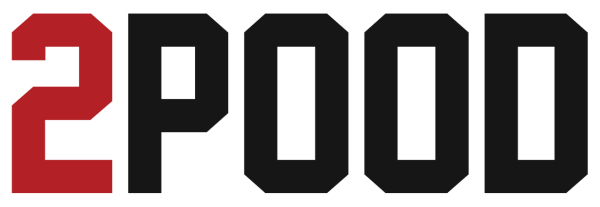
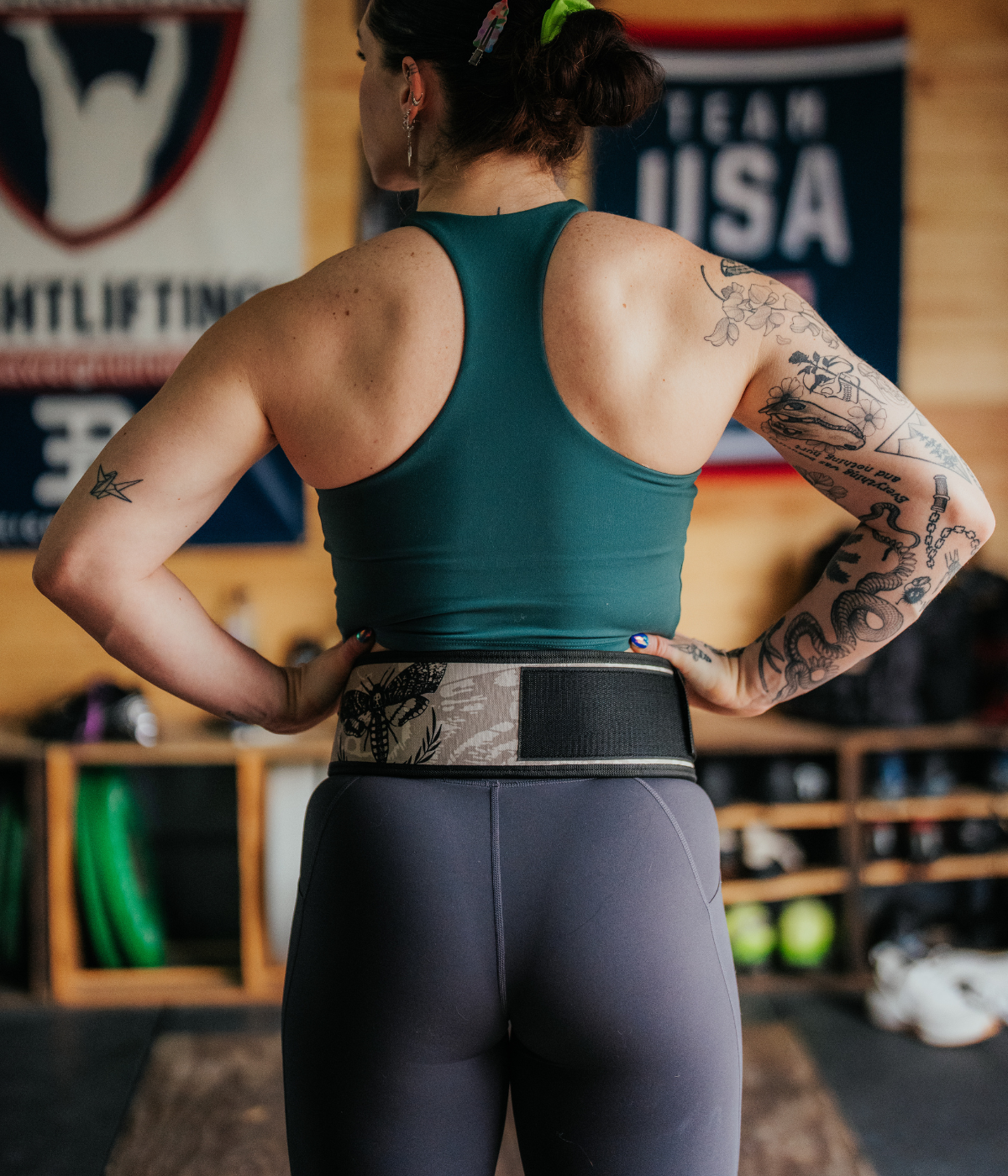
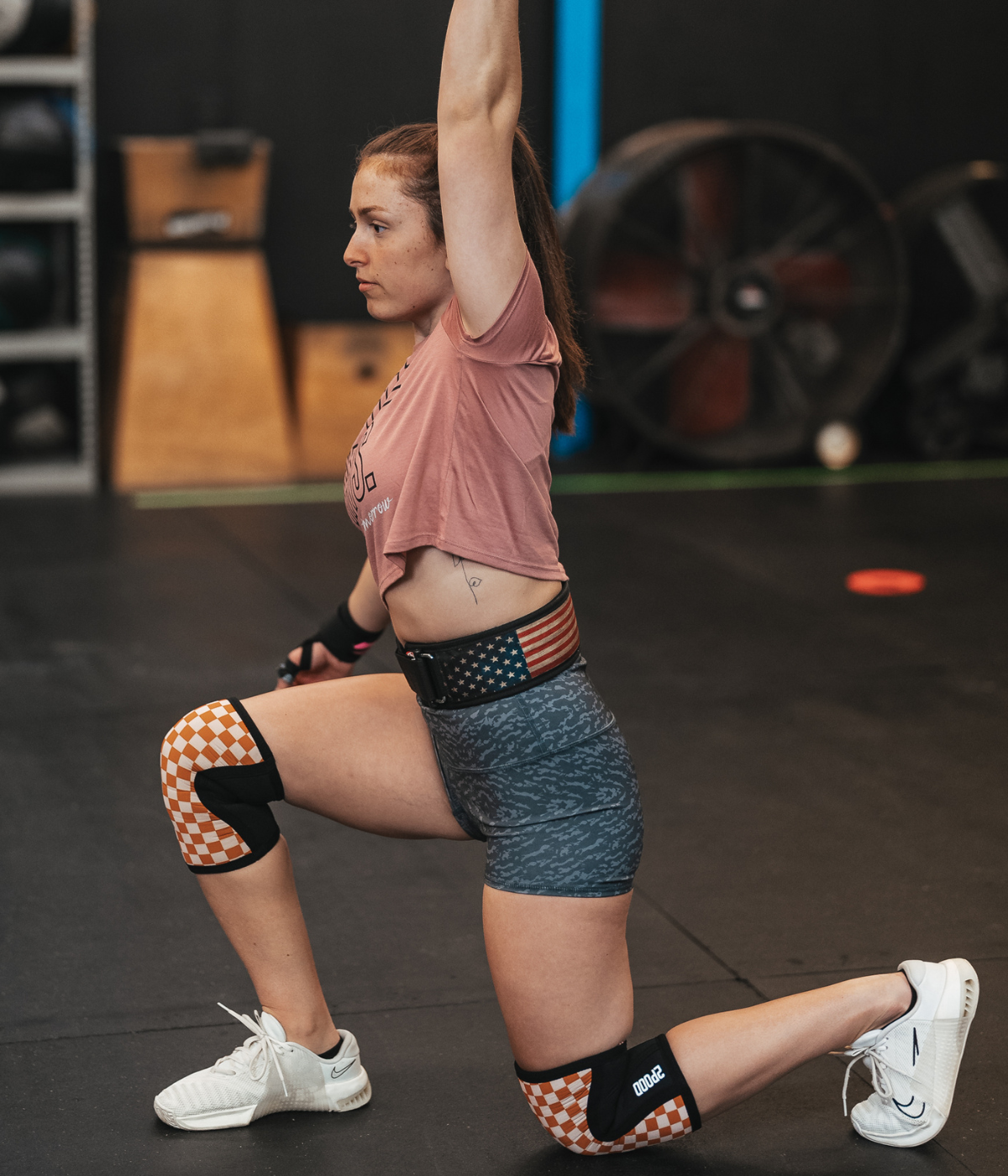
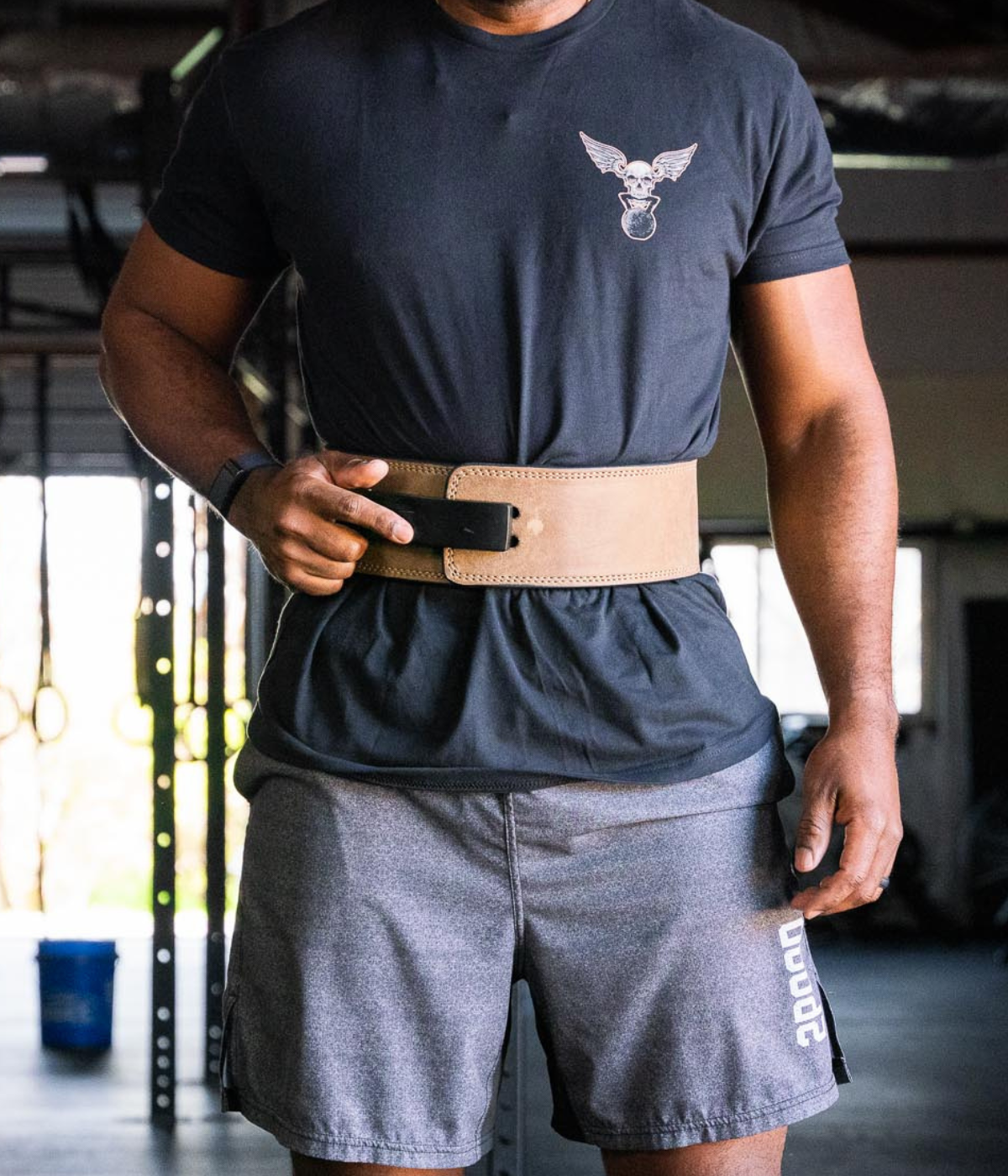
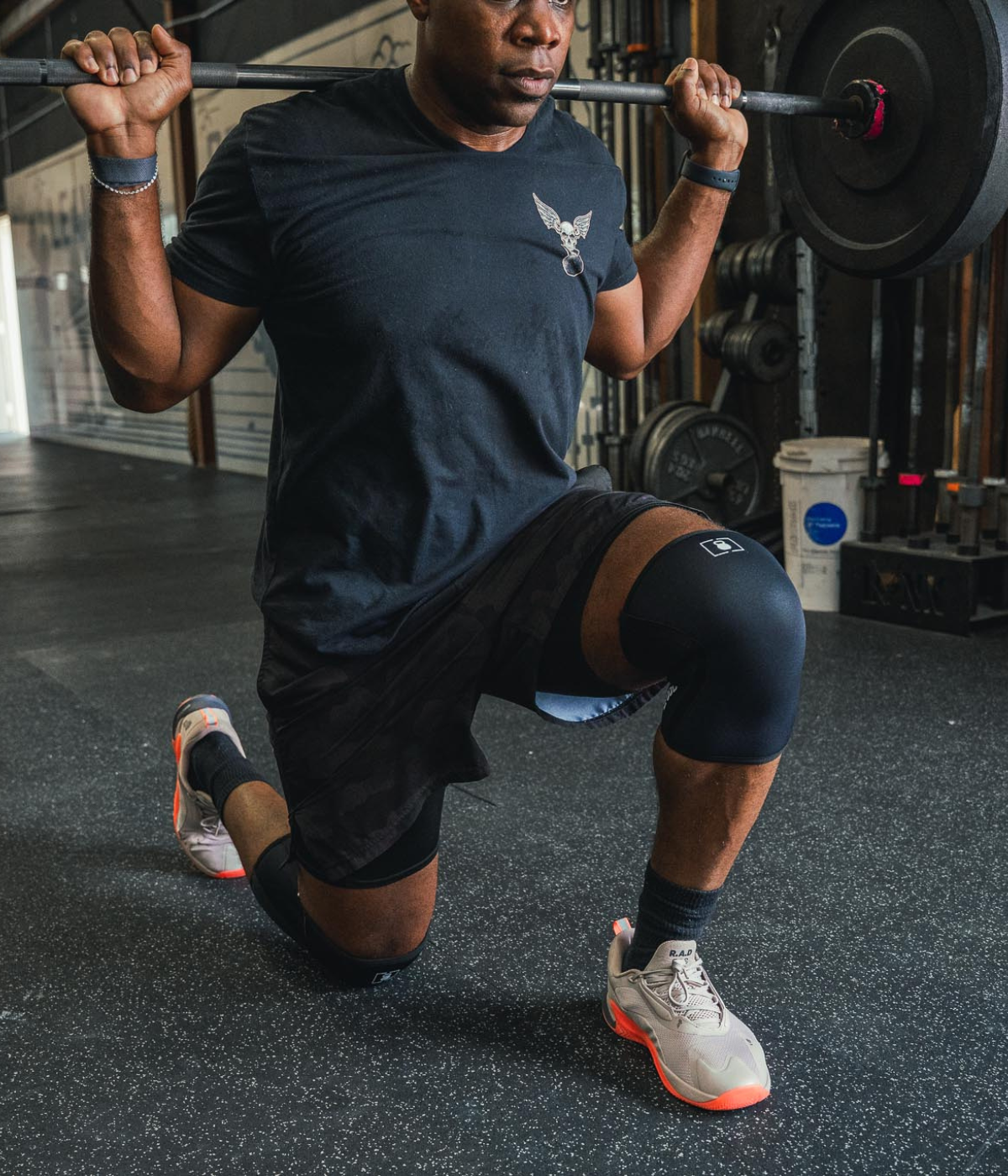
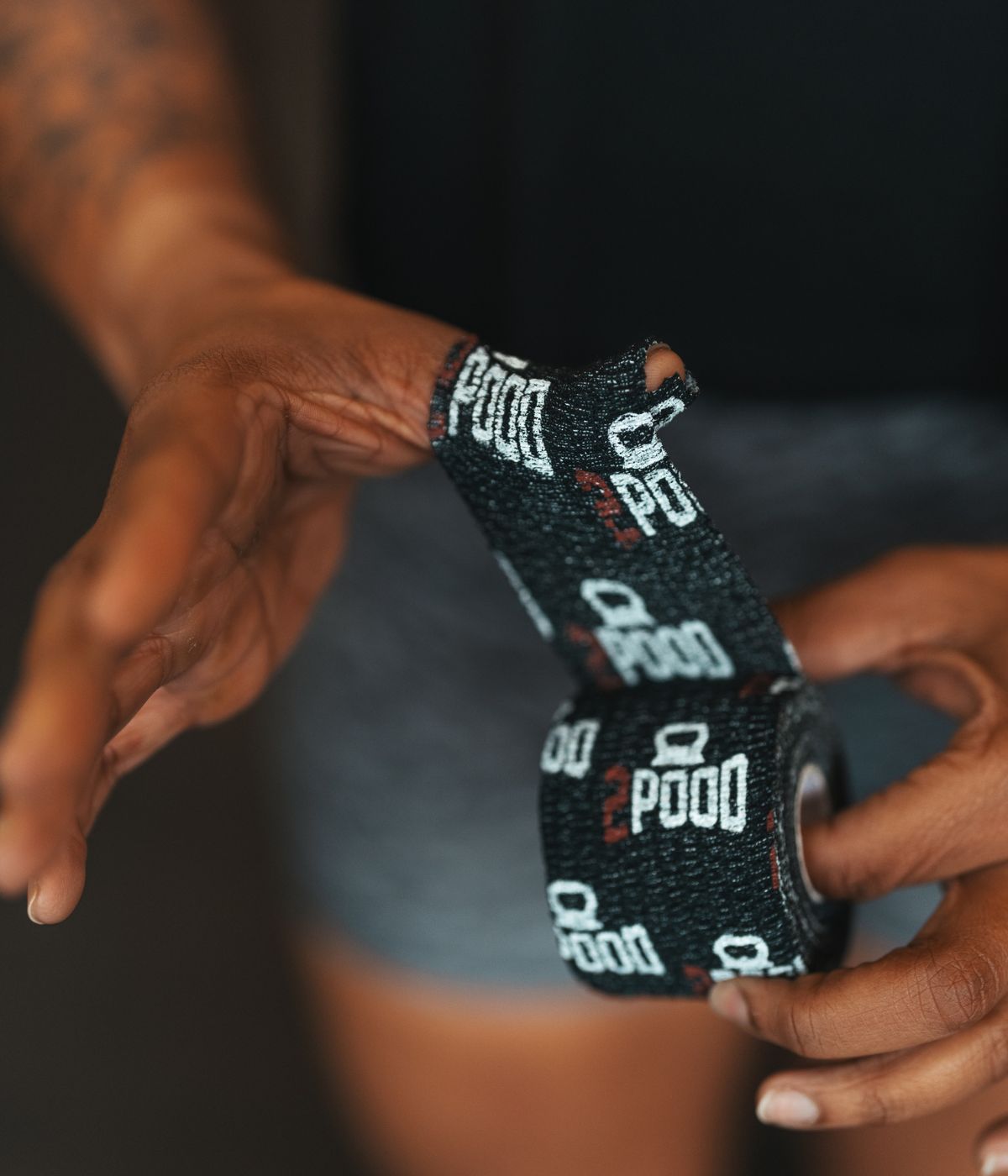
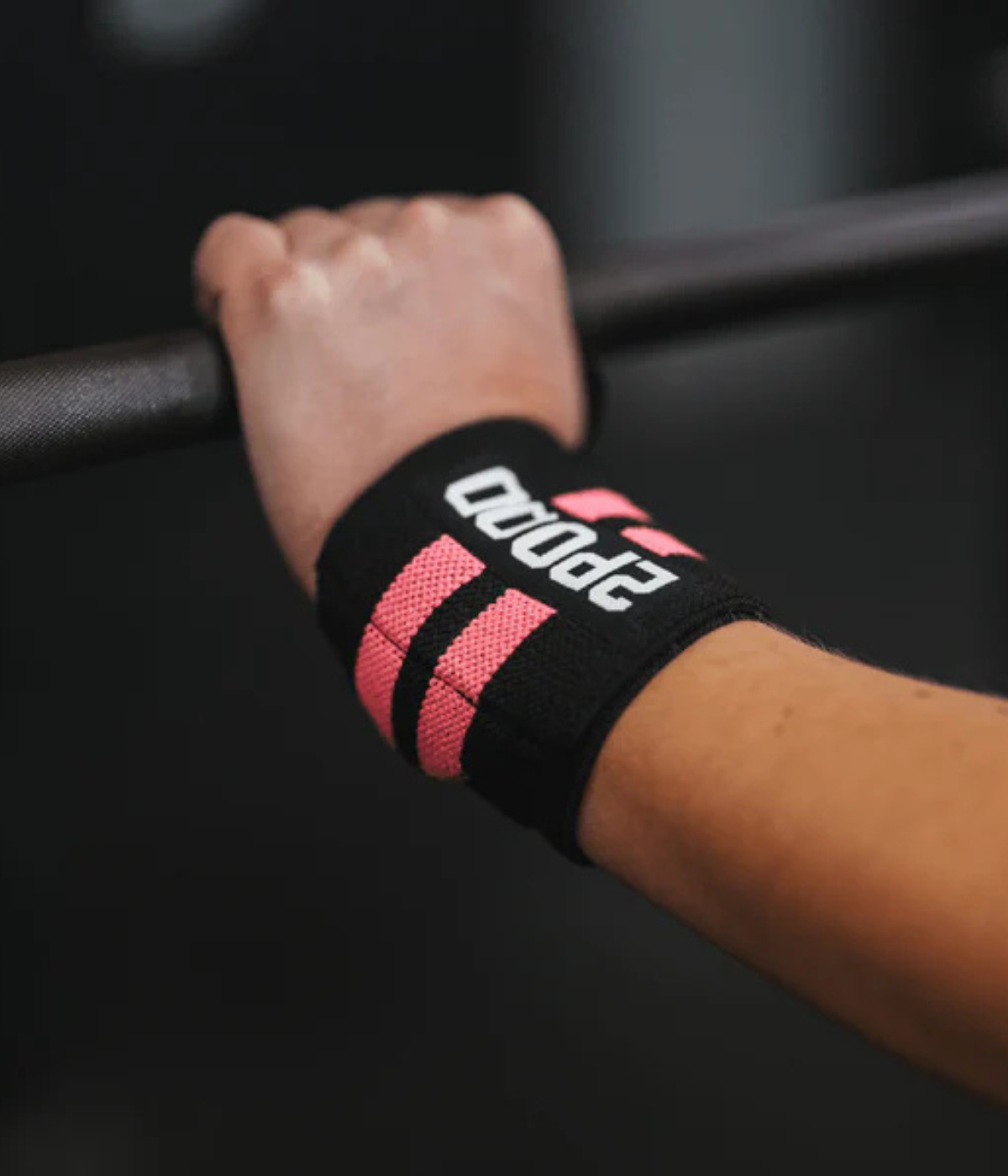
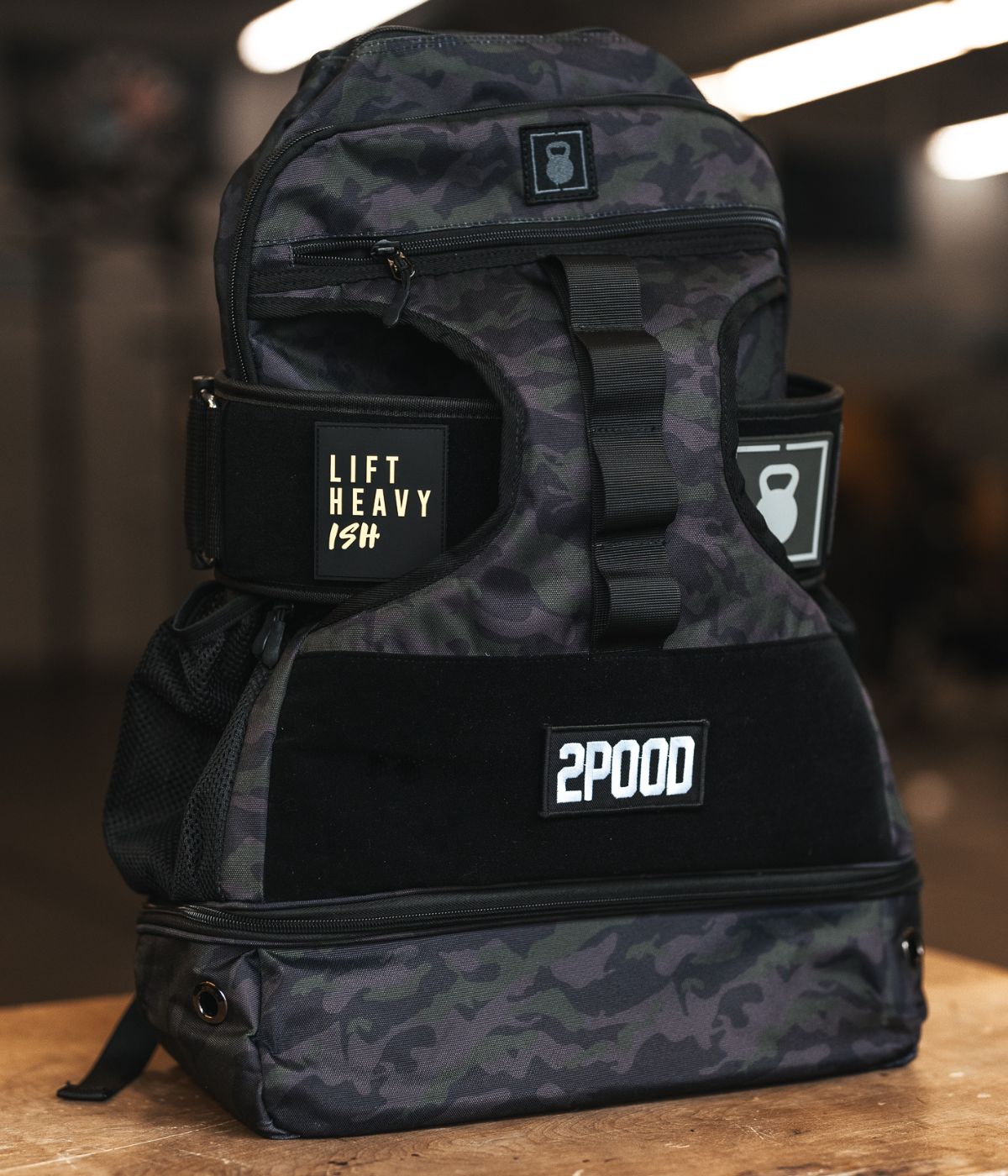
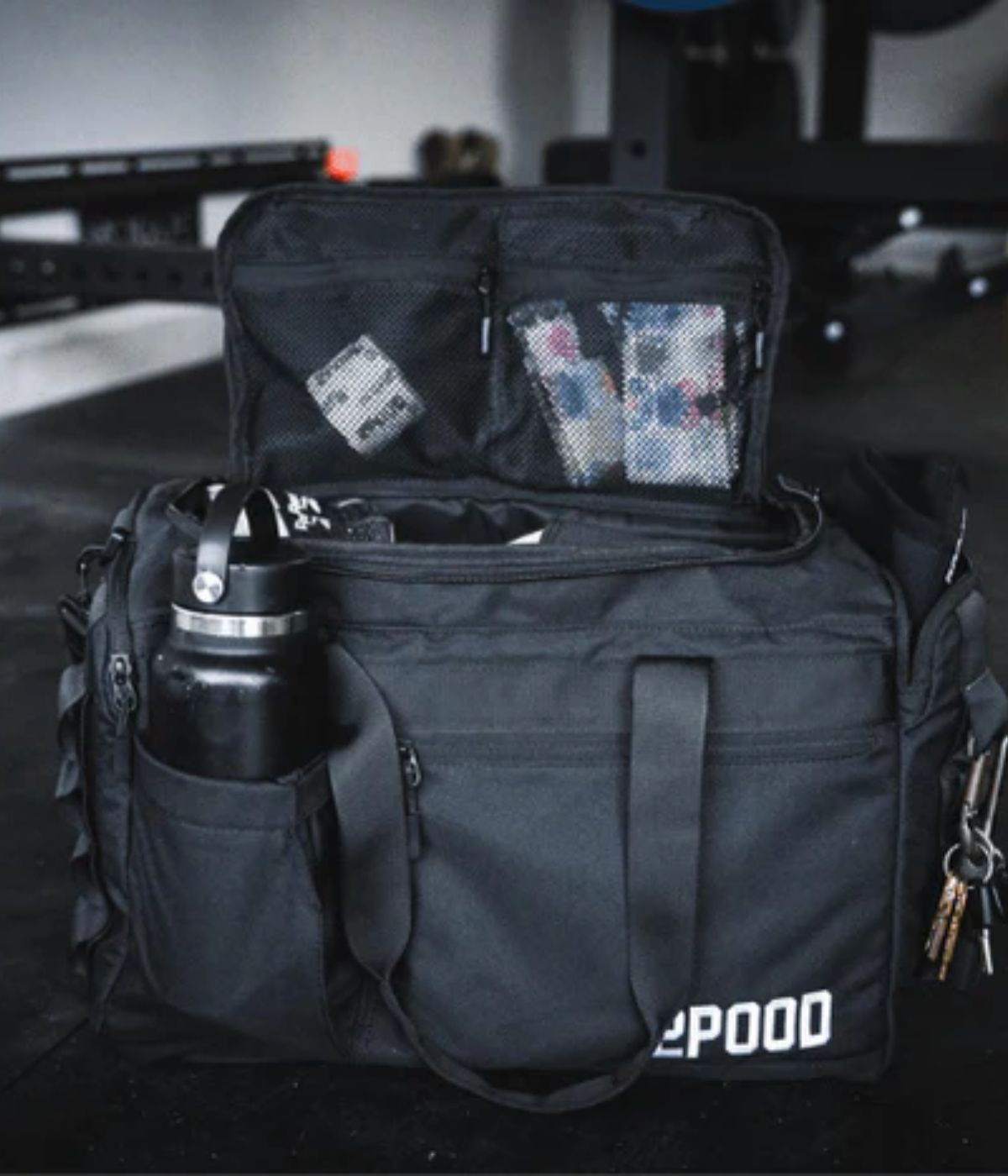
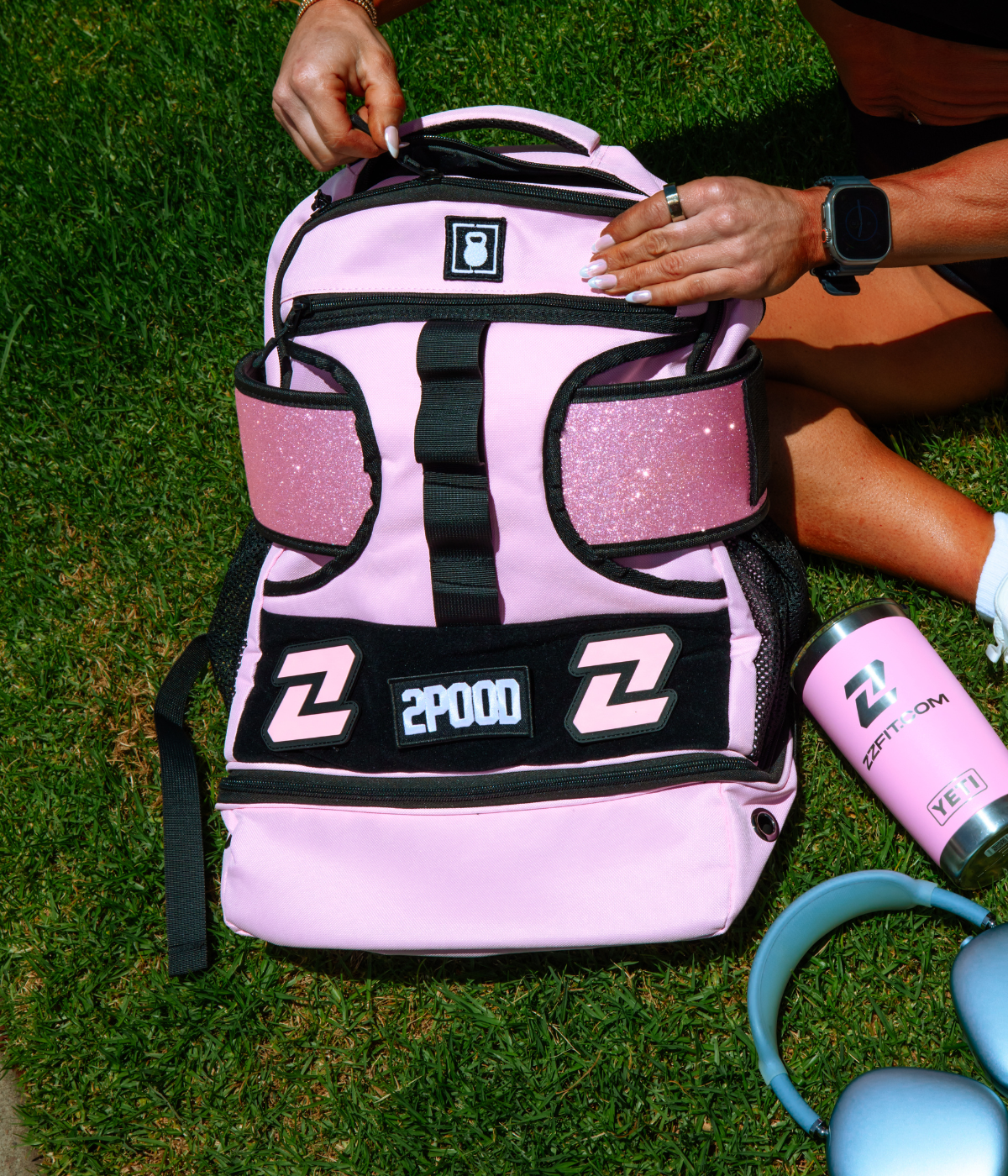
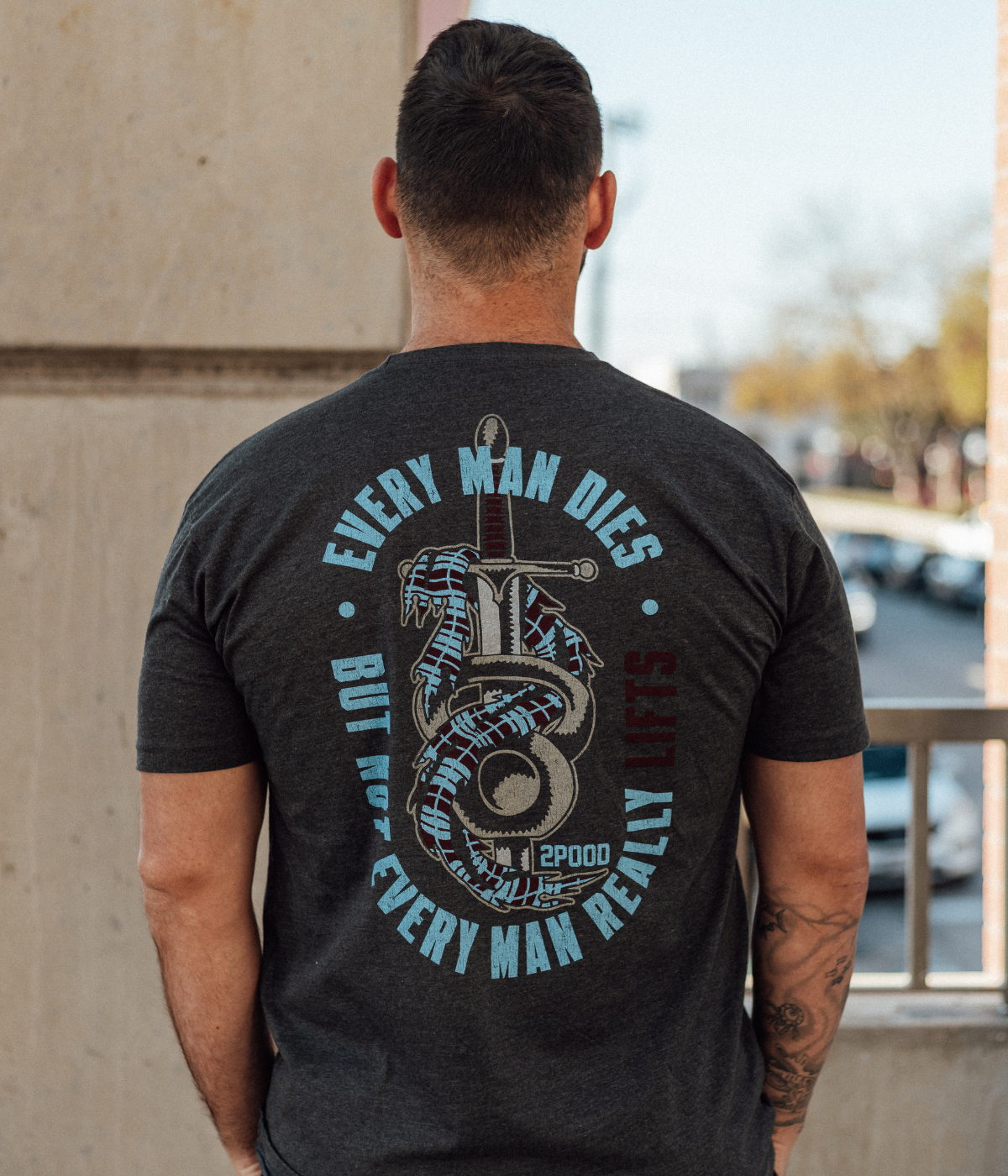
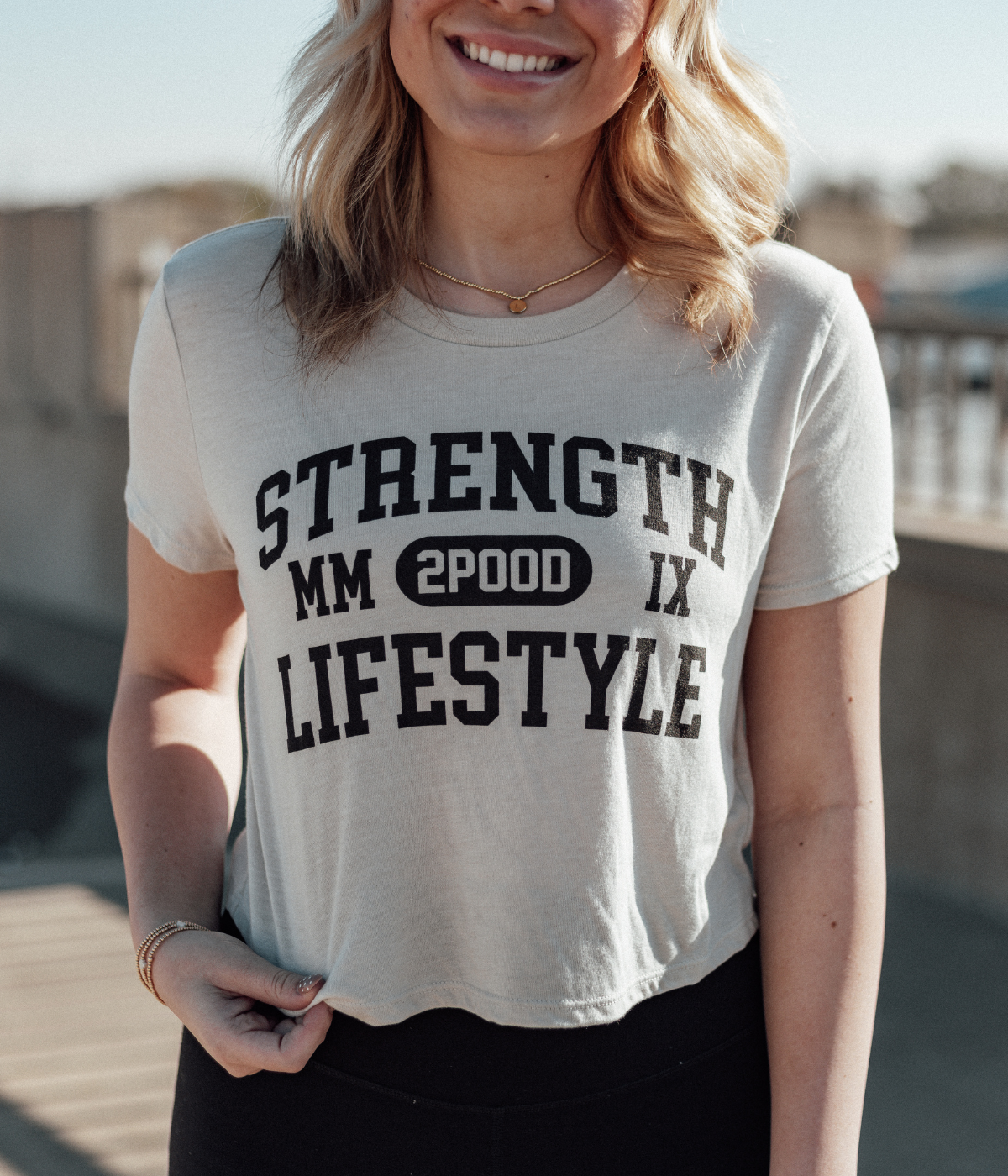
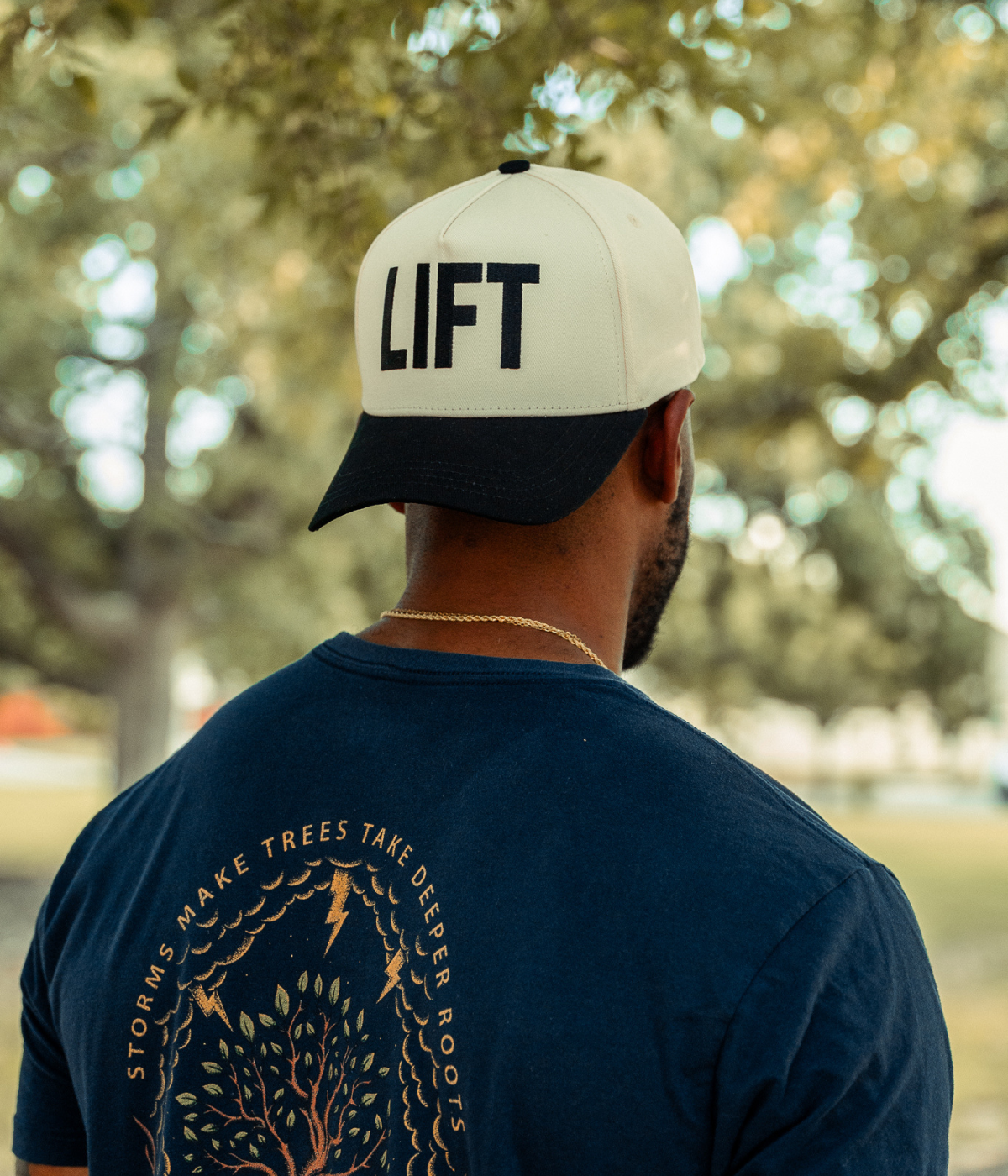
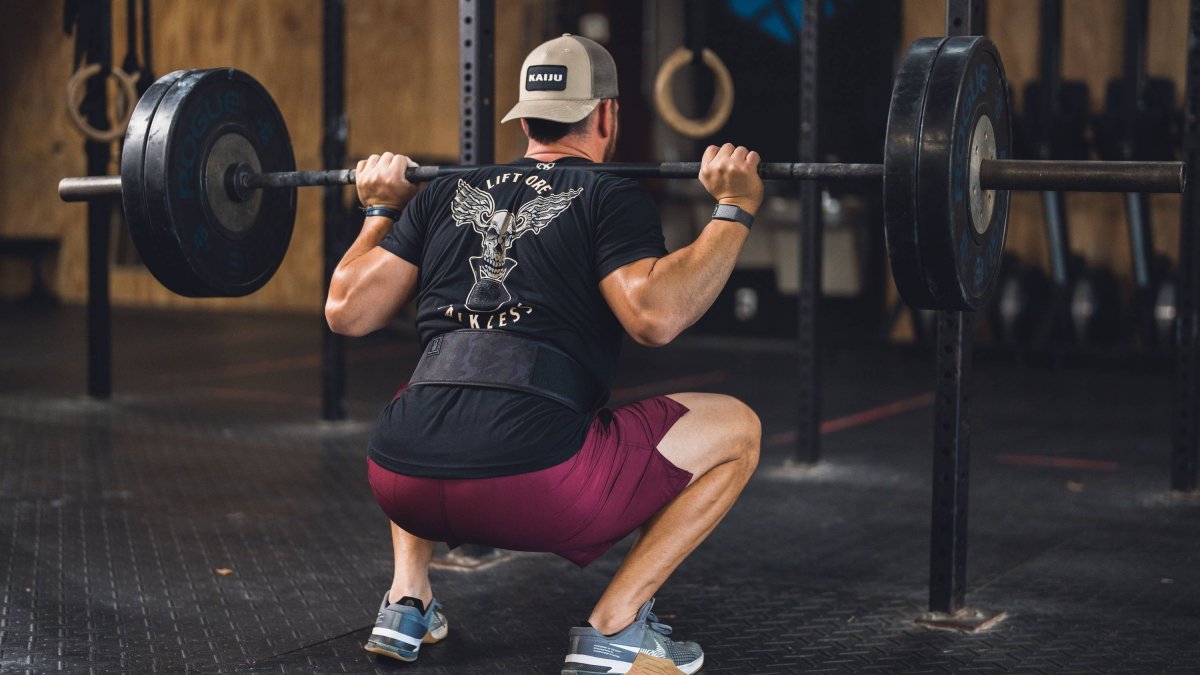
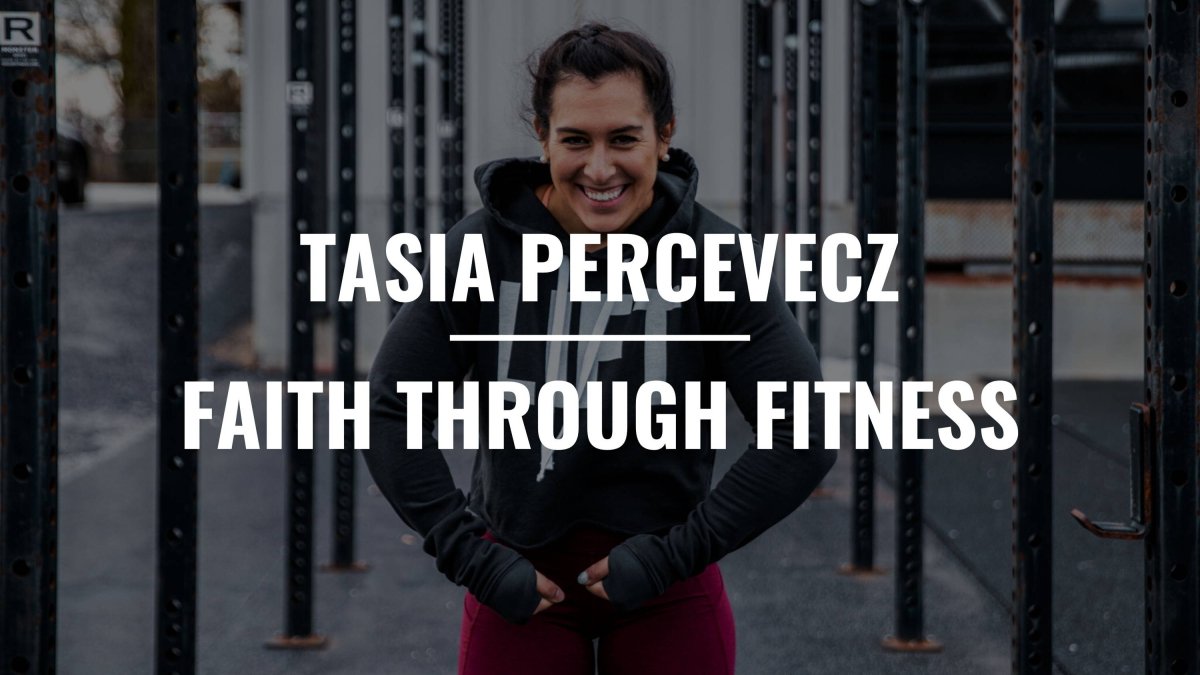

Leave a comment
All comments are moderated before being published.
This site is protected by hCaptcha and the hCaptcha Privacy Policy and Terms of Service apply.